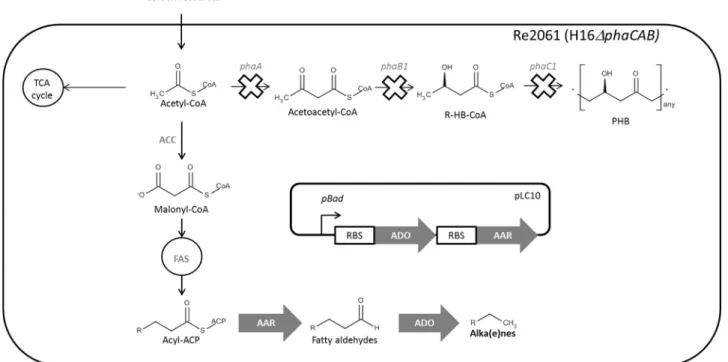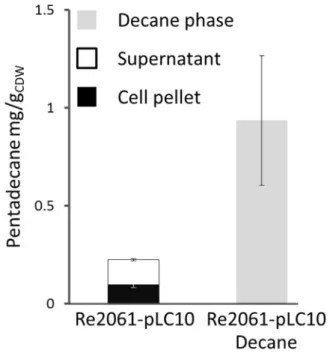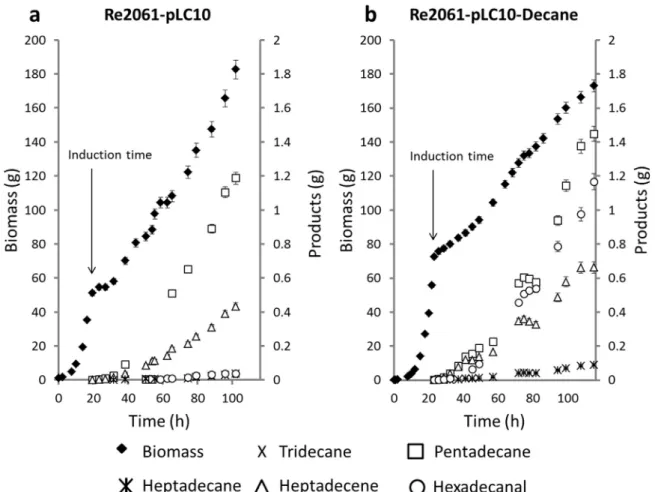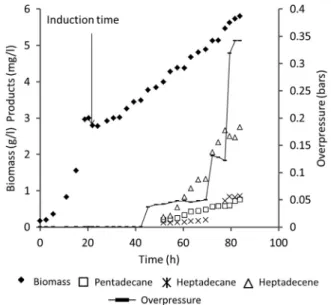Metabolic engineering of Cupriavidus necator for heterotrophic and autotrophic alka(e)ne production
Texte intégral
Figure




Documents relatifs
In the present work, the hydro-mechanical behaviour of Boom clay samples from the borehole Essen-1 at a depth of 220 - 260 m and from HADES that is the underground rock
An IP angle correction has been included in the simu- lation in order to correct the position of the beams along the Final Focus System (FFS), and thus mitigate the beam size
Previous studies showed the potential of selective breeding to increase n-3 LC-PUFA levels in salmon tissues, but knowledge on the genetic parameters for individual muscle fatty
This study provides a unique comparison of the estimates of production or potential production in a kelp bed in Tasmania using three different measurement methods: diel oxygen
ﺔﯾﻠﺣﻣﻟا ﺔﯾوﻬﻟاو ﻲﻓﺎﻘﺛﻟا رﯾﻐﺗﻟا عﺎﻣﺗﺟﻻا مﻠﻋ ﻲﻓ رﯾﺗﺳﺟﺎﻣﻟا ةدﺎﻬﺷ لﯾﻧﻟ ج فارﺷإ :د.. ﺎﻤﻬﺘﻋﺎﻃ ﻲﻠﻋ ّﻖﺣ ﻦﻣ ﻰﻟإ ﷲا ﺎﻤﻬﻈﻔﺣ ﻲّﻣأو ﻲﺑأ ﻦﻴﻤﻳﺮ ﺎﻤﻫﺎﻋر و.
A total of 6 distinct optical groups were resolved during the whole transect, and the high frequency sampling (15 min) provided evidence for the cellular cycle (based on cyclic
Ricardo Lopes, EMBRAPA, Manaus, Brazil Marilyne Sum m o , CIRAD, Montpellier, France Daniela Bittencourt, EMBRAPA, Manaus, Brazil Céline Pinaglia, CIRAD, Montpellier,
Objectives of this study : Characterization of products and grinding energy after torrefaction of 3 types of biomass : softwood (pine), agricultural residue (wheat straw) and
